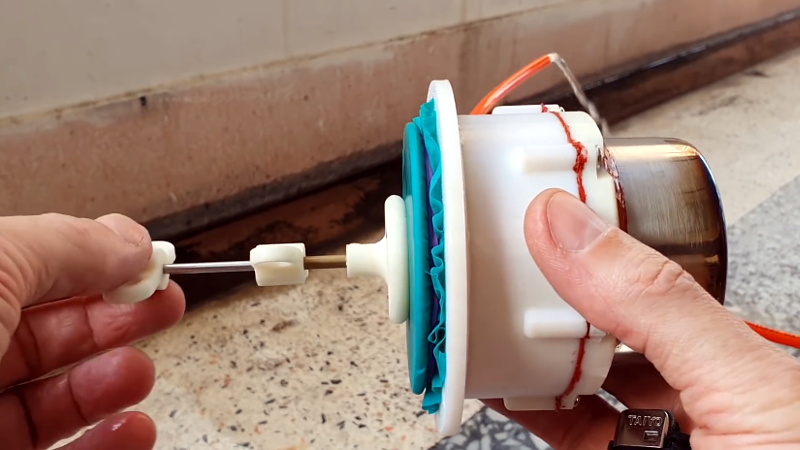Modern internal combustion engines have around 500 parts, with many of them moving in concert with the piston. But have you seen an engine with only one moving part, out of four in total? In the thermoacoustic engine, the power piston is the only part in motion. [YTEngineer] has built a very simple prototype that works on power provided by a tealight.
His little engine, slightly larger than a cigarette lighter, is composed of a test tube that serves as the cylinder, a smaller tube, called the choke, that fits inside the test tube, the stack, which is nothing more …read more
 Continue reading Thermoacoustic Engine has Only One Moving Part→
Continue reading Thermoacoustic Engine has Only One Moving Part→


